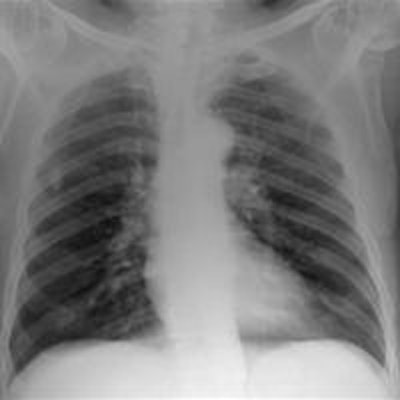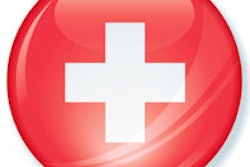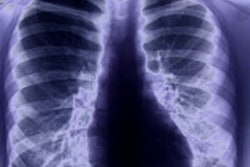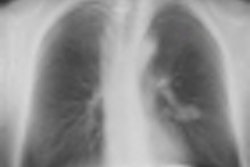
Emergency teams are particularly poor at documenting chest x-ray (CXR) findings on request forms for CT, but when details are included, there is usually good correlation between accident and emergency departments and radiology reports, according to an audit reported at the 2013 U.K. Radiological Congress (UKRC).
"More effort should be made by vetting radiologists to ensure that findings from relevant, previous investigations are included on CT requests," noted Dr. Shieh Ning Yao, from the Heart of England National Health Service (NHS) Foundation in Birmingham, U.K. "Acute admission teams should be made aware of the Ionizing Radiation (Medical Exposure) Regulations 2000 and their responsibilities as the referrer to document CXR findings in the request for a CT chest examination if it has been performed because it is an important piece of clinical information."
Such good practice will improve clinicians' CXR interpretation skills and help to ensure the referrer has thoroughly examined the CXR and considered if a CT chest examination is indeed indicated before requesting an investigation that will expose patients to high-dose radiation, Yao and colleagues stated.
The Ionizing Radiation Regulations 2000 place responsibilities on the referrer to provide sufficient clinical information to enable the practitioner to make an informed decision to justify investigations involving ionizing radiation, they explained. Assessing the appropriateness of investigating chest symptoms with a CT is dependent on adequate clinical information being provided on the request card. This is particularly the case with admissions via the emergency department and acute medicine. If a chest x-ray has been performed, its findings should be included in the clinical information.
The purpose of the group's audit was to determine whether the findings of an initial chest x-ray performed in the emergency department are documented as part of the clinical information given on the request card for a chest CT exam. They retrospectively studied the first 100 cases from January 2012 performed at the Heartlands, Solihull, and Goodhope Hospitals in Birmingham. All patients who were admitted via the acute admissions units were eligible for inclusion, except trauma patients who would not necessarily have had a chest x-ray beforehand. Population statistics were obtained, and chest x-ray findings and correlation between accident and emergency interpretation and radiology reports was made.
Out of the 100 patients, six did not have a CXR prior to a CT examination. Out of the 94 patients who had a CXR prior to a CT scan, only 35 (37%) had the CXR findings documented on the CT request information.
Out of the 100 requests for a chest CT, 78 were for a CT pulmonary angiogram (CTPA), 17 for a CT of the thorax with contrast, and five for a high-resolution CT. The positivity rate of a CTPA for pulmonary embolism was 22%, they concluded.
Editor's note: Home page thumbnail courtesy of Craig Moore.



















